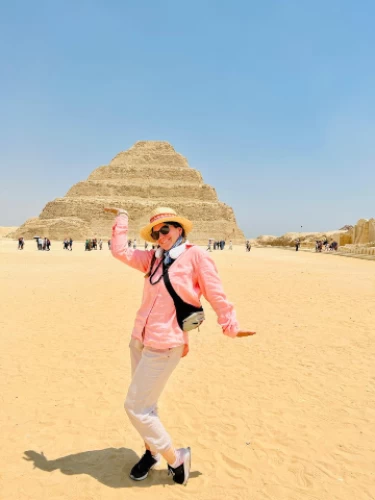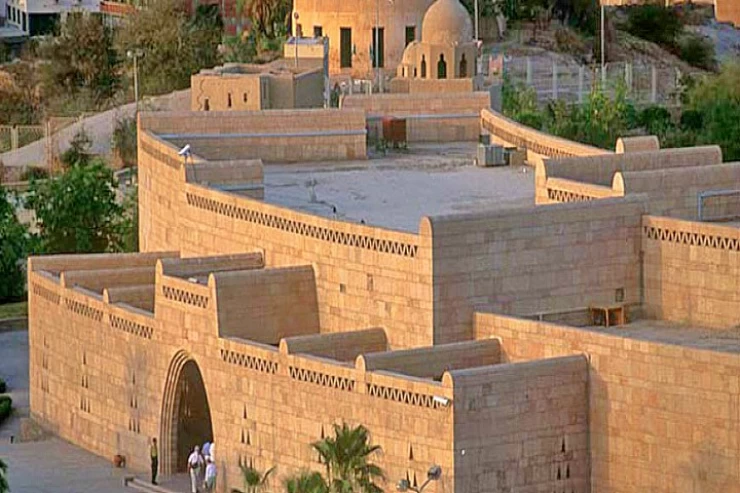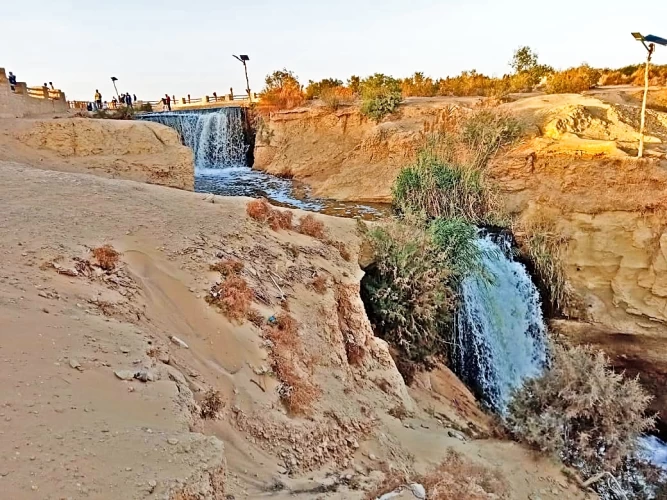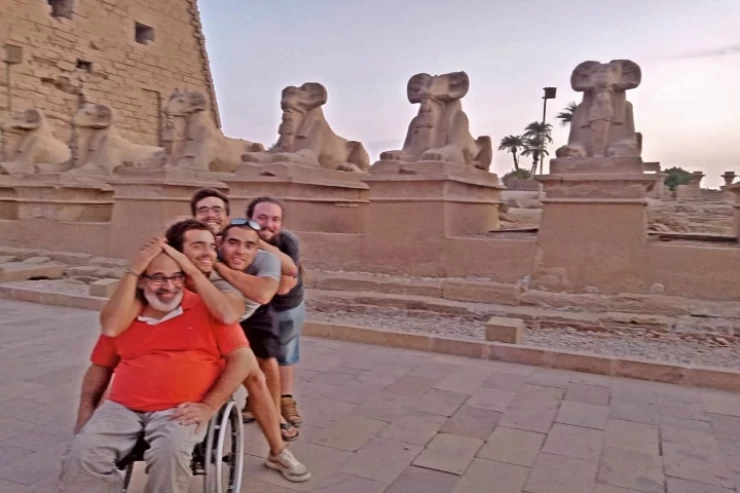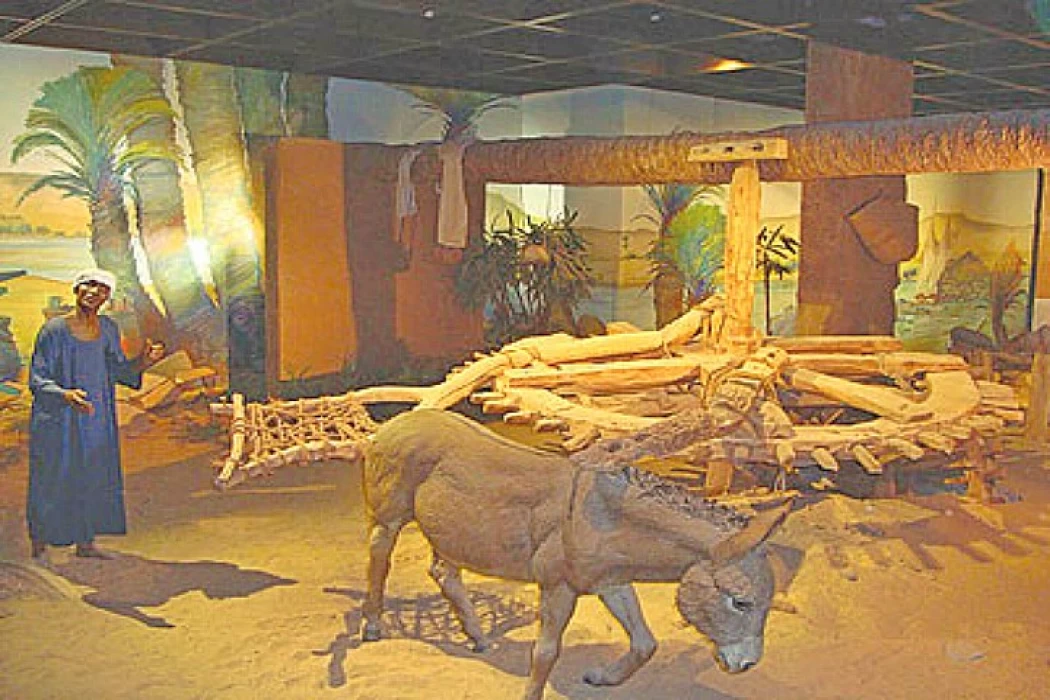
L'antica Nubia | La storia del regno nubiano
Nubia (arabo Nuba) Regione dell'Africa nord-orientale, situata tra l'Egitto e il Sudan, attraversata longitudinalmente dal Nilo, delimitata a nord dalle chiuse di Assuan, a est dal Mar Rosso, a sud dalla confluenza del Nilo Azzurro e del Nilo Bianco e a ovest dal deserto libico. Solo nelle immediate vicinanze del Nilo, interrotto da sei chiuse, si trova una striscia di terra coltivabile attraversata da ferrovie; qui si trovano i centri principali: il Berbero, centro delle carovane dirette al Mar Rosso, alla confluenza dell'Atbara; l'antico centro di Wadi Halfa, al confine tra Egitto e Sudan, è stato inondato dopo la costruzione della diga di Assuan.
All'inizio dell'epoca storica (3500 a.C.), mentre la civiltà egizia acquisiva caratteristiche sempre più indipendenti, in Nubia continuava un sub-neolitico ritardato (le cosiddette culture del "Gruppo A e B"), che alla fine dell'Antico Regno (2250 a.C.) si sviluppò in una produzione ceramica autonoma e ricca (la cosiddetta cultura del "Gruppo C", che costituirà lo sfondo iniziale di tutte le sovrapposizioni della cultura egizia del Medio Regno e del Nuovo Regno).
L'Antico Regno era interessato solo allo sfruttamento delle miniere d'oro della terra nubiana; nel Medio Regno, le spedizioni militari intraprese per proteggere i confini meridionali del Paese e le rotte commerciali portarono alla costruzione di una serie di fortezze egizie lungo il fiume fino a Semnakh, a sud della seconda cataratta, senza un processo di amalgama con la popolazione indigena.
Nubia (Arabic Nuba) A region of northeastern Africa, located between Egypt and Sudan, crossed longitudinally by the Nile, bounded on the north by the Aswan Locks, on the east by the Red Sea, on the south by the confluence of the Blue Nile and the White Nile, and on the west by the Libyan Desert. Only in the immediate vicinity of the Nile, interrupted by six locks, is a strip of arable land crossed by railroads; here are the principal centers: the Berber, the center of caravans to the Red Sea, at the confluence of the Atbara; the old center of Wadi Halfa, on the border of Egypt and Sudan, was inundated after the construction of the Aswan Dam.
At the beginning of the historical epoch (3500 B.C.), while Egyptian civilization was acquiring more and more independent features, a delayed sub-Neolithic (the so-called "Group A and B" cultures) continued in Nubia, which at the end of the Old Kingdom (2250 B.C.) developed into an autonomous and rich ceramic production (the so-called "Group C" culture, which would form the initial background of all overlaps of Egyptian Middle Kingdom and New Kingdom culture).
The Old Kingdom was interested only in exploiting the gold mines of the Nubian land; in the Middle Kingdom, military expeditions undertaken to protect the country's southern borders and trade routes led to the construction of a series of Egyptian fortresses along the river as far as Semnakh, south of the second cataract, without a process of amalgamation with the indigenous population or forms of expansion. Under the New Kingdom, under Thutmose I (1504-1492 BCE) in the
Nubian culture does not reflect the connotations and beliefs of its people. Tattoos are considered cultural symbols of Nubia for both men and women, as are murals, beadwork, and palm-frond and wickerwork, which attract tourists, especially foreigners.
The decorative elements, according to the State Information Service, carry specific connotations. The sword symbolizes heroism and courage, while the crescent and star symbolize optimism. The crow and owl are also symbols of bad luck and destruction.
It is called the Land of Gold. The name Nubia is derived from the word (Nub), which means gold in ancient Egyptian. It was also famous for the gold mines that were called Nubaria. In the dictionary, we find that the word Nub means: a generation of people living in a country named after them and located in the southern part of Egypt.
In another sense, the name is attributed to Nabata, the son of the Prophet Ishmael, peace be upon him, and since their rule of the Nile Valley and Africa, they mixed with the local tribes. Over time, many of the African tribes that were under the rule of the Nabataeans took the same title. It is now noticeable that there are dozens of tribes of different races under the same title, with different tongues, and the same title remained, which is the Nubians (Nuba).
It is a Nilo-Saharan language of the Eastern Sudanic branch in southern Egypt and northern Sudan. Most of its speakers lived in the Nile Valley, in what became Lake Nasser after the construction of the High Dam south of Aswan. Its speakers number approximately one million.
Between the eighth and fifteenth centuries AD, Nubians wrote their language in the Coptic alphabet with a few additional letters. However, today, they rarely write it, and those who write Nubian use Arabic or Latin script.







